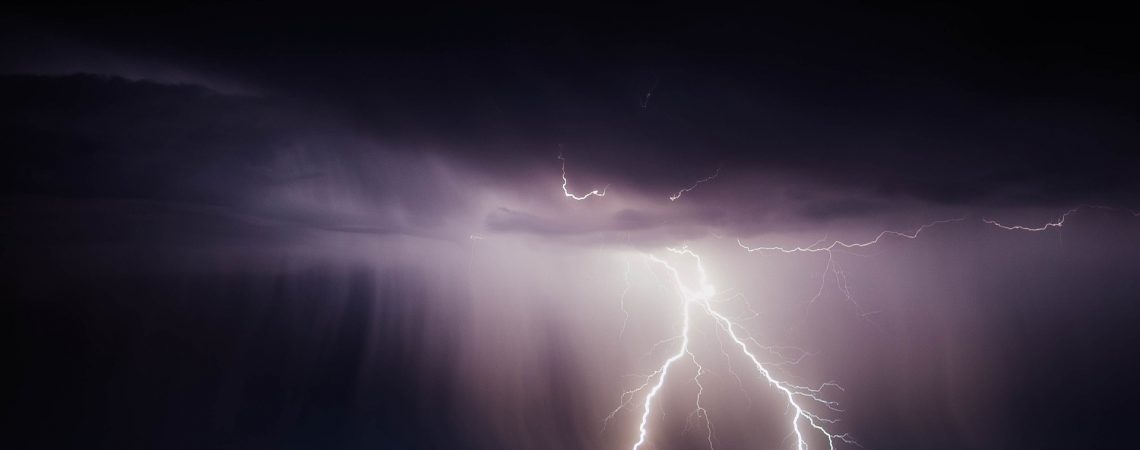Sometimes Mother Nature can be so thoughtless.
You have an urgent media release to get out, a story that is timely with an expiration date but there’s a cyclone, hurricane or typhoon bearing down.
Well that’s what’s happening in Queensland, Australia right now.
So when, then, will this story – or any other major event – run out of ‘puff’ and open the door for your story opportunity?
Because there is an ‘opening’ and it’s coming soon.
Now I write this article with no disrespect for those going through a very tough time right now.
So far an ex-tropical Cyclone called ‘Debbie’ has left 48,000 people without power (and that’s in just five locations), with wind gusts of 263 km/hr (164 mph) at her core.
And because she’s moving from north Queensland into more densely populated areas, authorities today ordered all schools – both public and private – shut along 584 km (362 miles) of coastline.
Flash flooding has stranded communities and motorists and social media is a flutter with flooded backyards, stranded livestock and nature reserves turned into inland lakes.
It’s all very exciting, unless you have a media release to go out or you’re an insurance rep (the damage bill is expected to climb well above $1.4 billion dollars).
And so I’m writing this blog post because one of my students, Annette Hurn, does in fact have an important story she needs to get out and so she asked me this very question today.
“If the bad weather goes away by the weekend and all returns to normal, how long do you reckon that the print media will continue on with ex-cyclone stories?” Annette asked.
“Will they disappear quickly or hang around for a while?”
And so my answer is this …
Ex-cyclone Debbie is likely to remain a dominant news story depending on several key factors:
- How badly city centres are hit (most media is metropolitan centric);
- Whether there are any fatalities, and if so, how many and from where the victims hail;
- How high the damage bill is – is it record breaking or ‘disappointing’?
- News outlets ability to secure riveting home viewer ‘b-roll’ or storm vision;
- Whether the storm intensifies and regroups, or dissipates into ‘thin air’;
- The emergence of powerful ‘hero’ stories and near misses;
- Ongoing interest on social media.
- Villain stories – did the warning come too late? Is there someone to blame?
Now the media’s interest in a cyclone – which is the same weather phenomenon as a hurricane or typhoon – is very similar to how it approaches other significant events.
For example, if there was a plane crash or terrorist attack (God forbid), media coverage usually follows this path of evolution:
- On the ground reporting of “the breaking news event”;
- Survivor and victim interviews plus eyewitness accounts;
- Identification of the deceased and interviews with grieving loved ones;
- Post event ‘mop-up’ / updates on the damage bill / death toll (sorry to be so clinical)
- Ongoing formal statements from authorities (including damage control)
- Stories of heroism;
- And finally – where relevant – finger pointing, blame and outing of ‘villains’. (Months later there can also be a coroner’s inquest, a Senate inquiry, a court hearing or a Royal Commission).
Watch a significant news event and you will see this unfold time and time again. So with that said, and as callous as this may sound, you can actually plan around this predictable news cycle.
First of all take note of the victim count and whether any victims or heroes hail from your local area, because if they do, local media will report more heavily and for longer than its rivals elsewhere.
Sadly, for instance, this is why a plane crash can be front page in the United Kingdom, but rarely make page 2 in Scotland — because there were only UK victims.
Again it sounds brutal but it’s a fundamental principle of reporting – geographical relevancy – if there are no victims from New York, for instance, New York media will report lightly.
Conversely, if there are many victims from the Big Apple, brace yourselves for extensive ongoing coverage.
The key is to watch for when the story moves from front page or lead story on TV or on radio, to a left hand page or after the second Ad break.
As the story moves further back in the bulletin, get ready to send your media release.
As a general rule, this tends to happen about 10 days after a massive event – cyclone, bush / forest fire, plane crash.
This is when readers and viewers become ‘bored’ and demand a break from ‘negative news stories’ and so the media typically answer this call and ‘move on’.
It can be very heartbreaking for those directly affected, but this is how the news cycle works.
Of course, there are some times when you just HAVE to send that release even though communities have been decimated and in that instance you’ll have to acknowledge the bad timing and proceed very, very carefully and gingerly.
In the meanwhile, please stay high, dry and safe.
By Tanya Targett | Guest Blogger | tanyatargett.com

